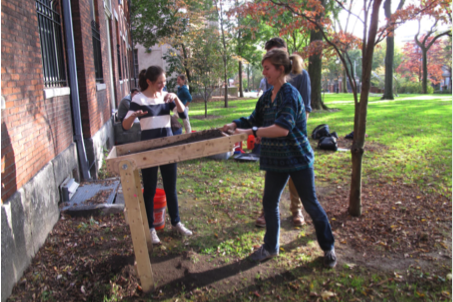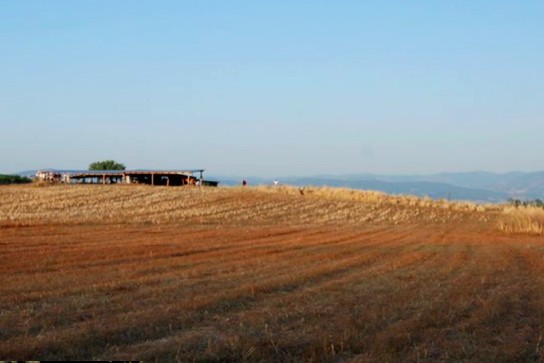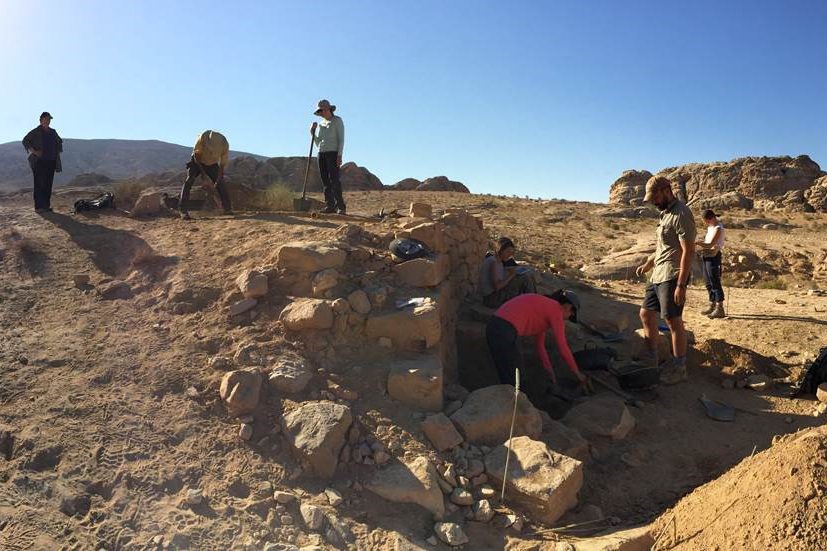Joukowsky Institute for Archaeology and the Ancient World
Fieldwork
Current Field Projects
Fieldwork Opportunities
Students interested in archaeology are strongly encouraged to think about exploring fieldwork opportunities, either by participating in a project led by a Brown University faculty member or by finding other projects that focus on regions or topics of particular interest to the students.

 BULP's main objectives are to excavate and document a monumental fountain in the mountain sanctuary of Labraunda in Western Turkey, arguably the most important religious site in ancient Caria. Brown University undergraduate and graduate students conduct archaeological fieldwork alongside specialists from Turkish, Swedish, and French universities in a vibrant interdisciplinary environment.
BULP's main objectives are to excavate and document a monumental fountain in the mountain sanctuary of Labraunda in Western Turkey, arguably the most important religious site in ancient Caria. Brown University undergraduate and graduate students conduct archaeological fieldwork alongside specialists from Turkish, Swedish, and French universities in a vibrant interdisciplinary environment.

 The
The 
 Peter van Dommelen
Peter van Dommelen The
The 